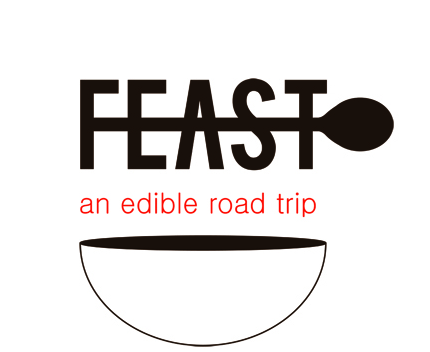Vienna: Traditional Coffee Houses vs. Starbucks
After a quick stop in Melk we arrived in Vienna, a city famous for its coffee culture. The first coffee house appeared in 1685 and quickly gained popularity, thus beginning a long-standing cultural tradition. They are an extension of the living room, a place where people can spend hours reading, writing, meeting, or working. All coffees are served with a glass of water, a gesture meant to communicate a welcome to guests to stay as long as they like. Alfred Polgar, writer and frequenter of Viennese coffee houses in the early 20th century, said “a coffeehouse is a place for people who want to be alone but need company to do it with.” Considering the vast number of hours I have spent writing in cafes, I think this is comically accurate.
Traditionally, there were no names for coffee; patrons simply chose their drink from a colour chart. These names became official, and today you still order based on these colours. For example, a ‘kleiner brauner’ is a ‘little brown one,’ or an espresso with milk or cream. A ‘großer brauner’ is a ‘large brown one,’ or a double espresso with milk or cream.
The coffee house culture in Vienna took a bit of a hit after WWII, however there are still about 600 coffee houses in Vienna today. In recent years, Starbucks has made an appearance, and according to our tour guide, the company originally planned to open sixty cafes throughout the city. Two closed shortly after opening, and there are currently nine in the city, along with plenty of anti-Starbucks sentiment:
The story of Starbucks in Vienna is yet to fully unfold, but personally, I’m rooting for the traditional spots.
Upon our arrival in Vienna, I joined a couple of fellow travellers, Corey and Carol, for an evening stroll through the heart of the city.
We settled in at Café Schwartzenberg, a coffee house dating back to 1861, and the oldest one on the Ringstraße (the ‘ring road’ which enclosed Vienna’s old town and stands where the old city walls once did).
We shared some Austrian wine (Gemischter Satz) and Viennese goulash.
Though goulash is the official dish of Hungary, the tradition has travelled, and there are a few Austrian adaptations. In Vienna, the fiakergoulash is a common variation, which is typically garnished with a fried egg, pickles, or Viennese bread dumplings.
We rounded out our late night snack with a piece of cake from this gorgeous selection.
A truffle torte sweetened the evening perfectly before we made our way back to the ship.
-DV
Up next: more of Vienna, an incredible meal in a 700 year old cellar, and a visit to the Schönbrunn palace!



